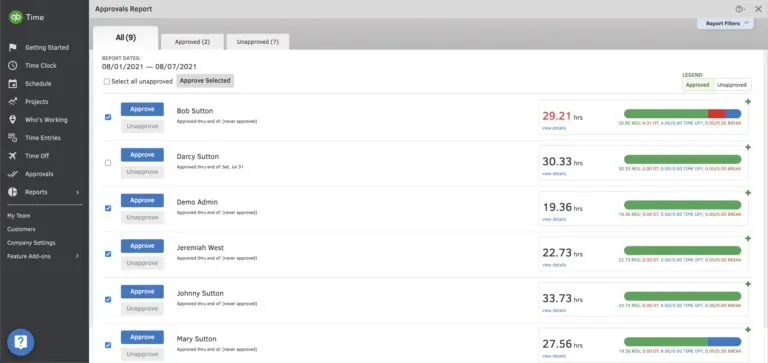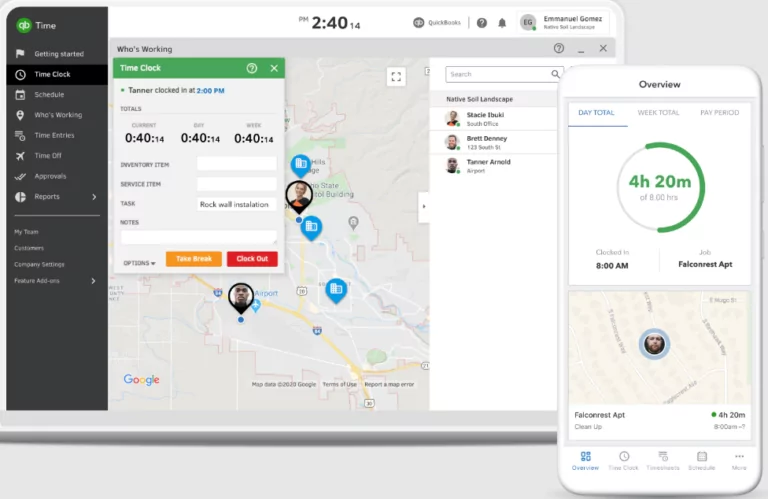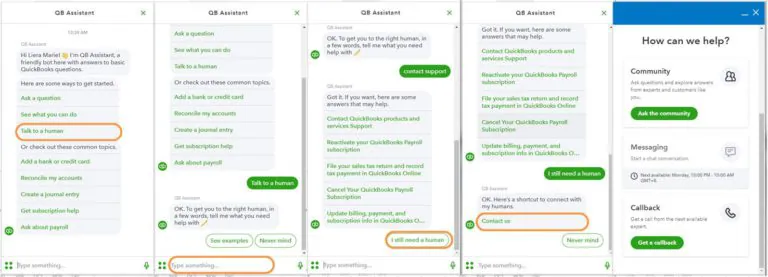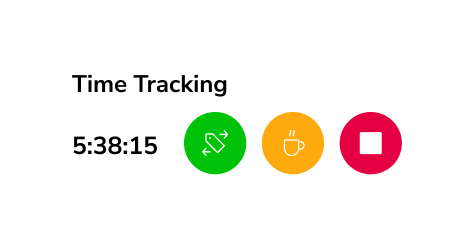QuickBooks Time is used for tracking time and scheduling shifts. It is part of the wider QuickBooks accounting package and serves teams across one or multiple locations and job types. But despite its heavy market presence, it has critical flaws that affect its reliability and usefulness, which I’ll share in this Quickbooks Time review.
As someone who builds competing software, I’ve seen these issues surface repeatedly. They’re not edge cases. If you’re considering QuickBooks Time, or already using it and running into issues, pay attention to these key points.
1. Frequent Bugs and App Freezes
QuickBooks Time has stability issues. The app freezes during basic functions, crashes mid-task, and installs with glitches. These aren’t isolated cases – multiple users are saying the same thing – the platform is unreliable during core operations like clocking in or reviewing timesheets.
For a tool that plugs into payroll and compliance, this is a significant problem. Unstable software slows teams down, leads to incorrect time tracking, and risks payroll errors. Reliability is a priority in any business, and QuickBooks Time can put this at risk.
- Image by quickbooks.intuit.com
2. Limited Customization
The platform lacks flexibility. Users cannot configure workflows to match more complex or non-standard operations. Features like reporting, approval flows, and task categorization have limited configuration options.
Businesses that require detailed customization will likely find the system restrictive. For many users, this means managing processes outside the platform, which defeats the purpose of an integrated tool.
- Image by quickbooks.intuit.com
3. GPS Drains Battery and Restricted Data
GPS tracking in QuickBooks Time requires the user to keep location services on at all times. This drains battery life on phones and tablets, not helpful for field workers who rely on mobile access.
There’s also limited access to historical time data. Employees can only see up to two pay periods of entries. This reduces transparency and makes it harder to handle employee queries or quickly reference past work schedules.
- Image by quickbooks.intuit.com
4. Poor Customer Support
Support is consistently rated as one of QuickBooks Time’s weakest areas. Delays, unresolved tickets, and a poor cancellation experience or unfortunately becoming more and more of an issue.
In one case, a user spent two months trying to resolve an employee access issue, with no fix despite repeated contact. Another had to go through multiple channels to cancel an account. Come on QuickBooks – these are the basics!
- Image by quickbooks.intuit.com
5. Only One Approval Level
QuickBooks Time only supports single-person approval for timesheets. There is no function for routing approvals through multiple team members.
For organizations with layered approval such as team leads, department heads, or compliance officers, this will be a pain. It forces teams to handle approvals outside the system or compress workflows into a single checkpoint, which increases the risk of oversight.
Conclusion
QuickBooks Time has significant structural limitations that affect performance, usability, and workflow. It freezes during use, drains device batteries, limits customization, restricts approvals, and offers weak customer support. These issues are pretty significant if you ask me.
For businesses that need accurate, uninterrupted time tracking, and require scalable workflows or multi-tiered management, these gaps represent more than just inconvenience. They impact business.
However, it’s not all doom and gloom. QuickBooks Time has some strengths as well. Check out my article on 5 ways QuickBooks Time is Great.
Or if you want my full review of QuickBooks Time, check out my Honest Review of QuickBooks Time.






